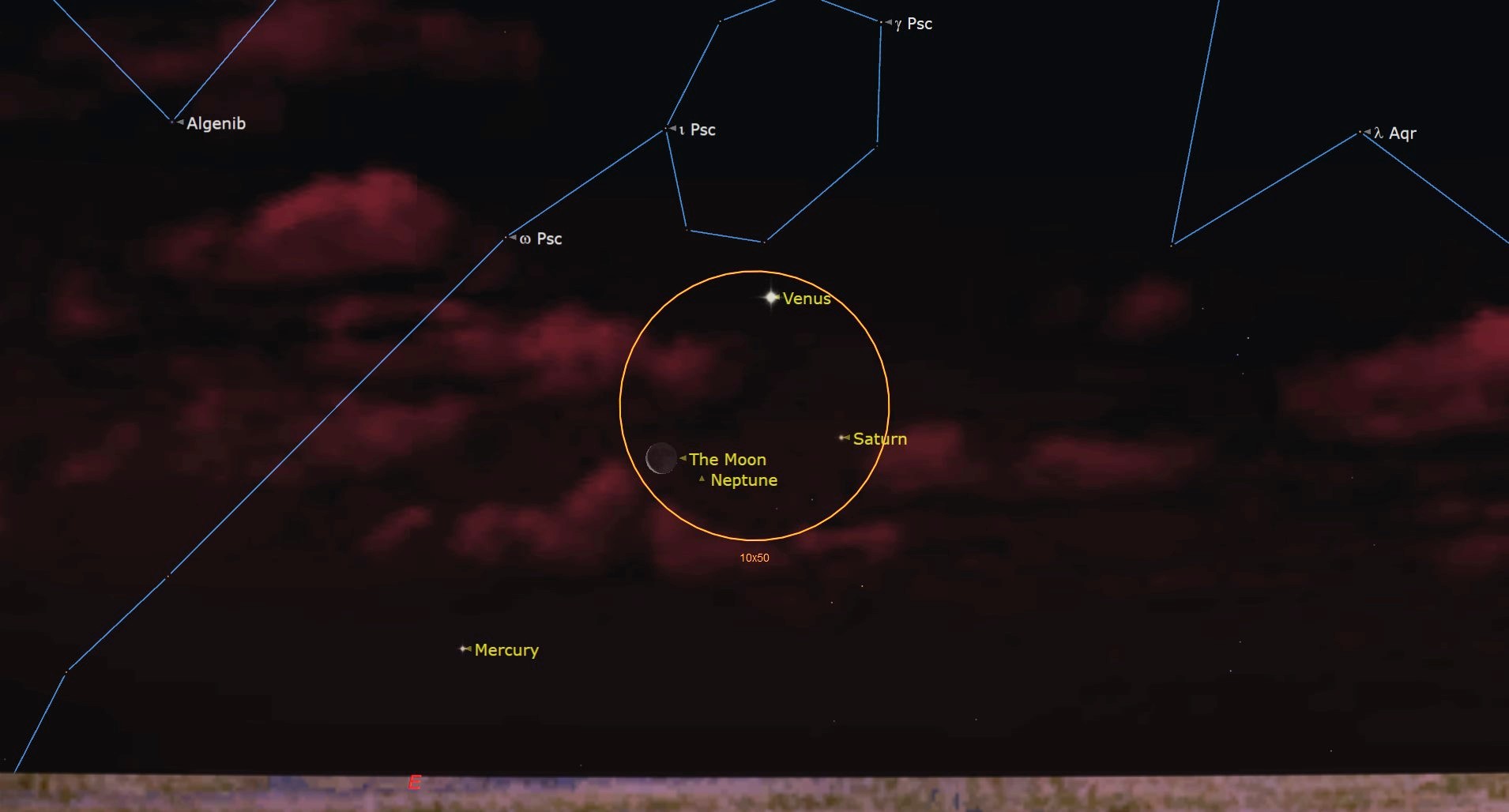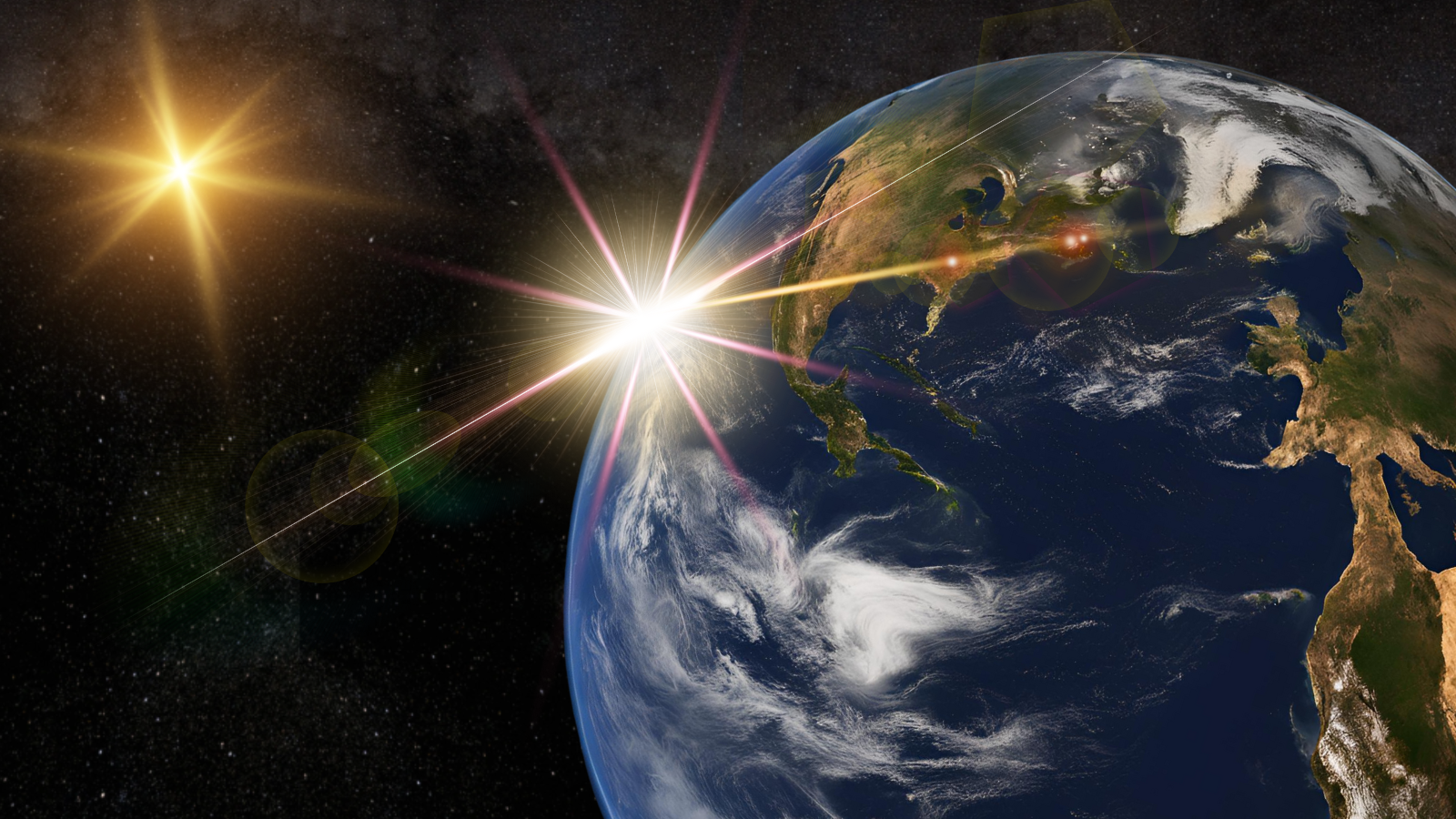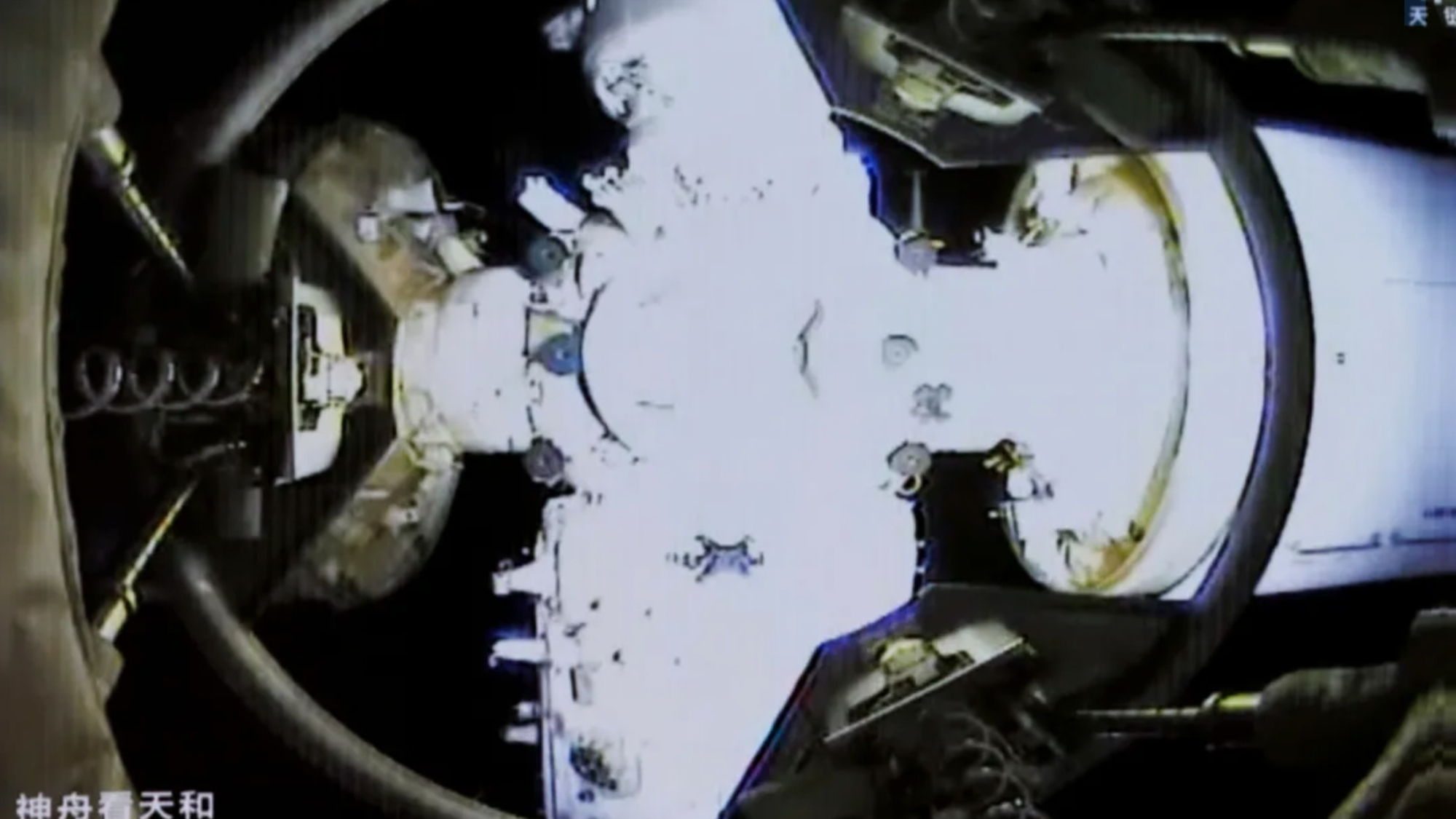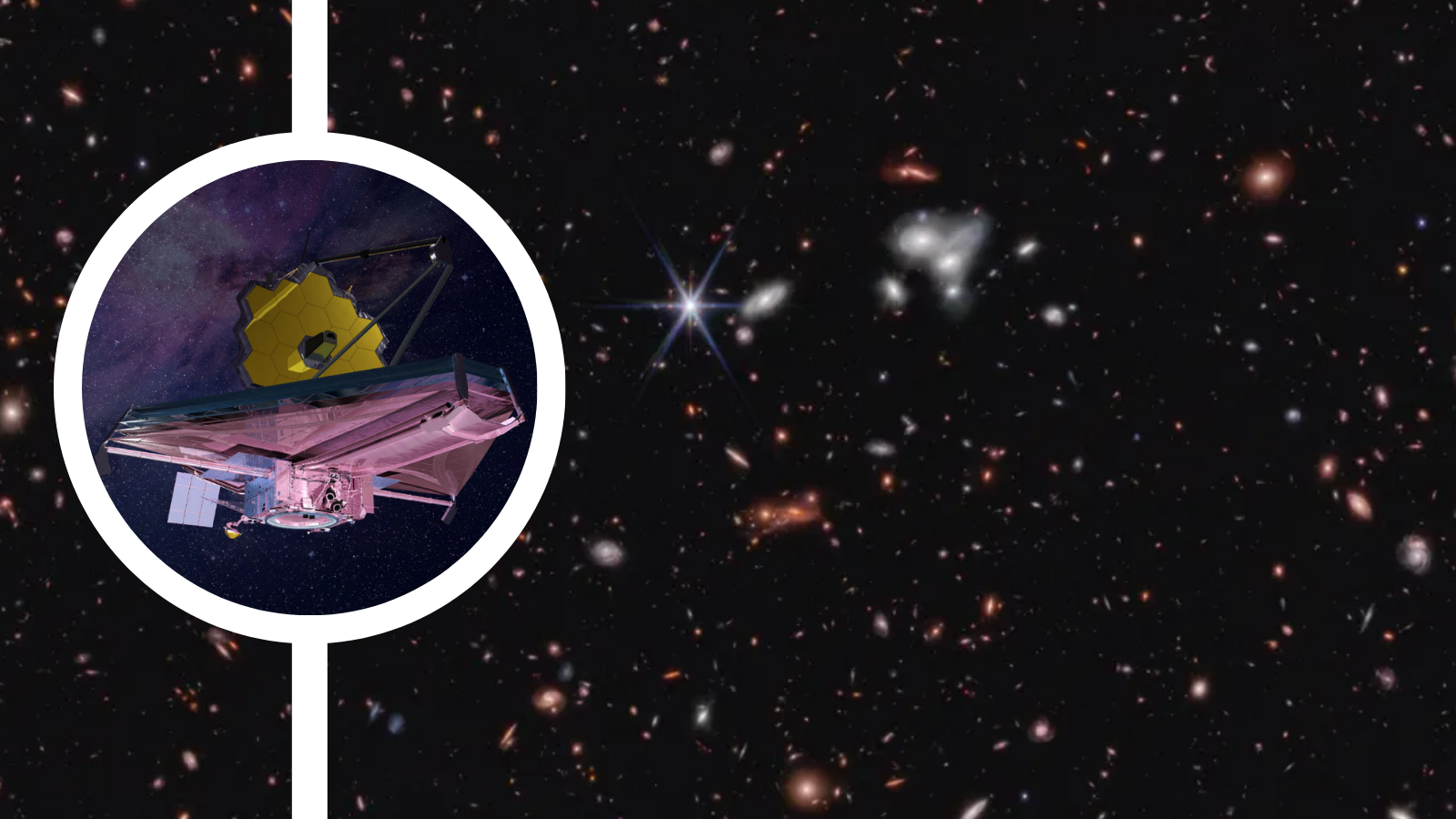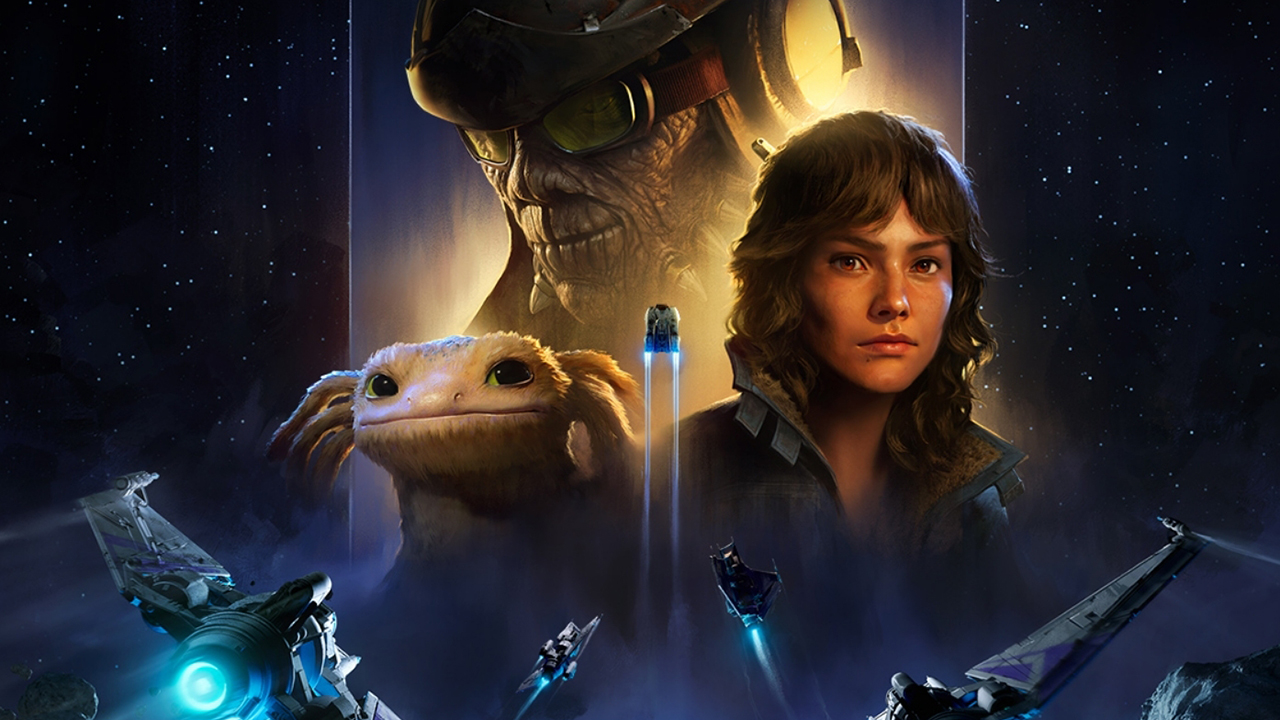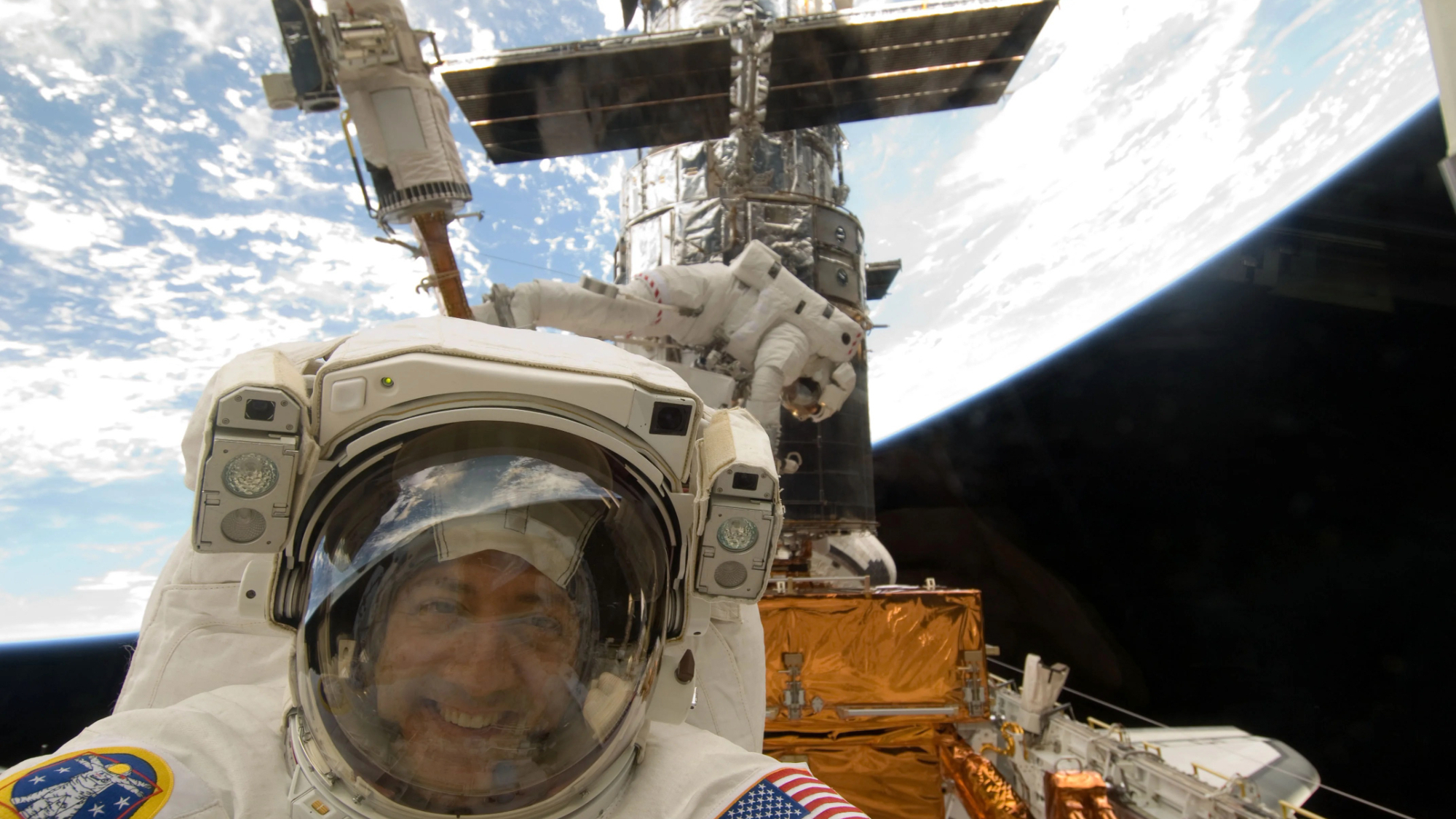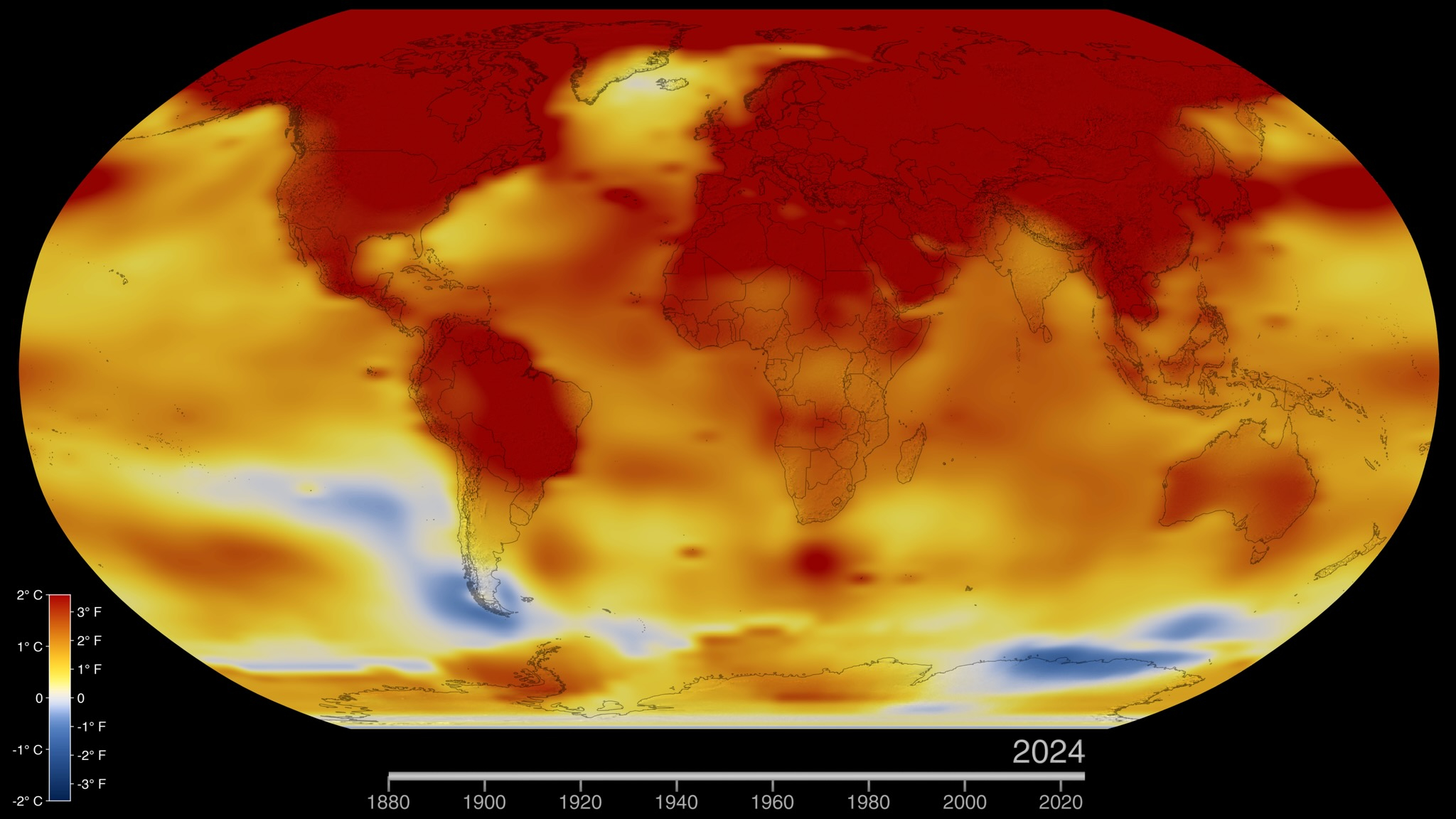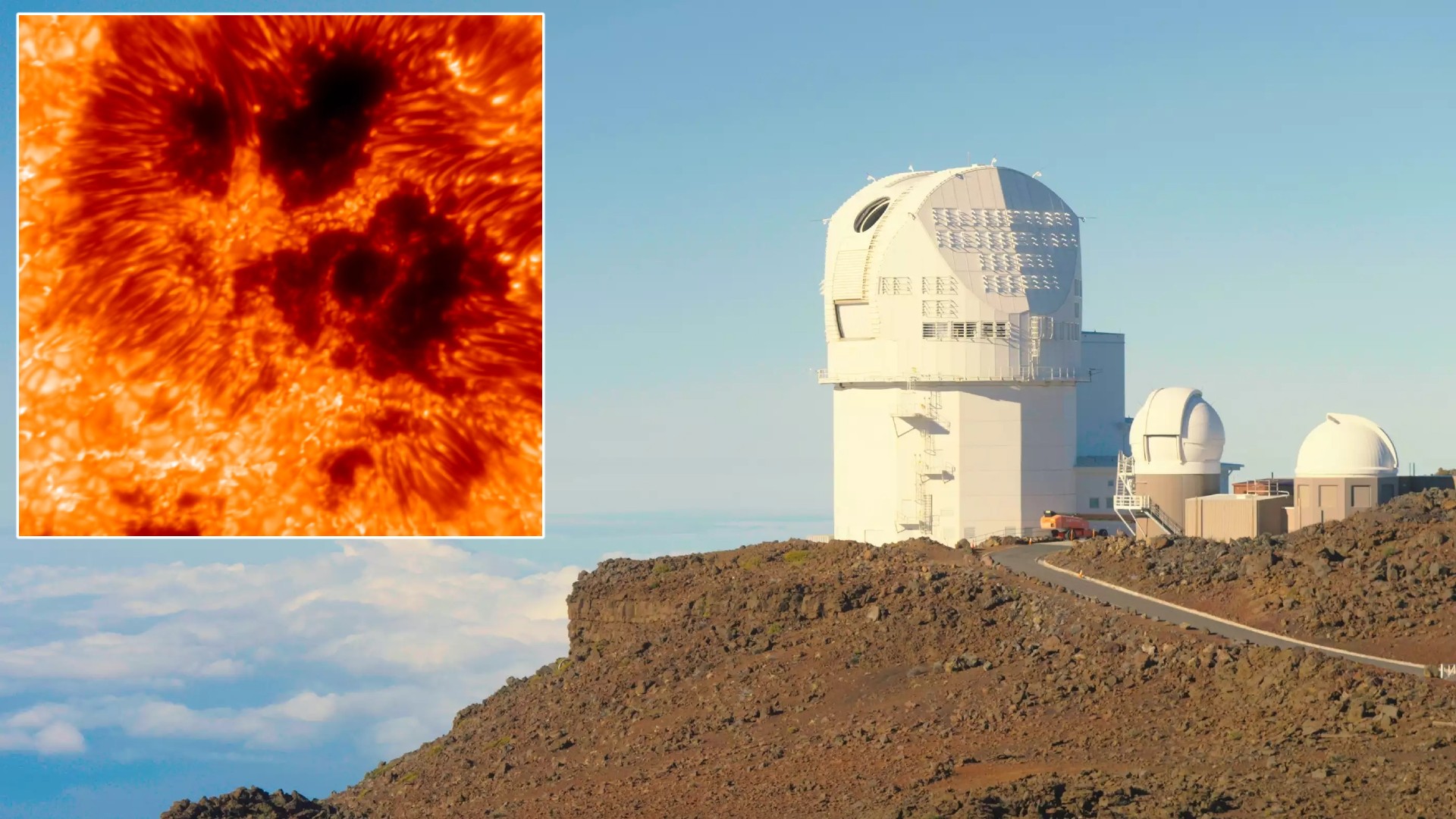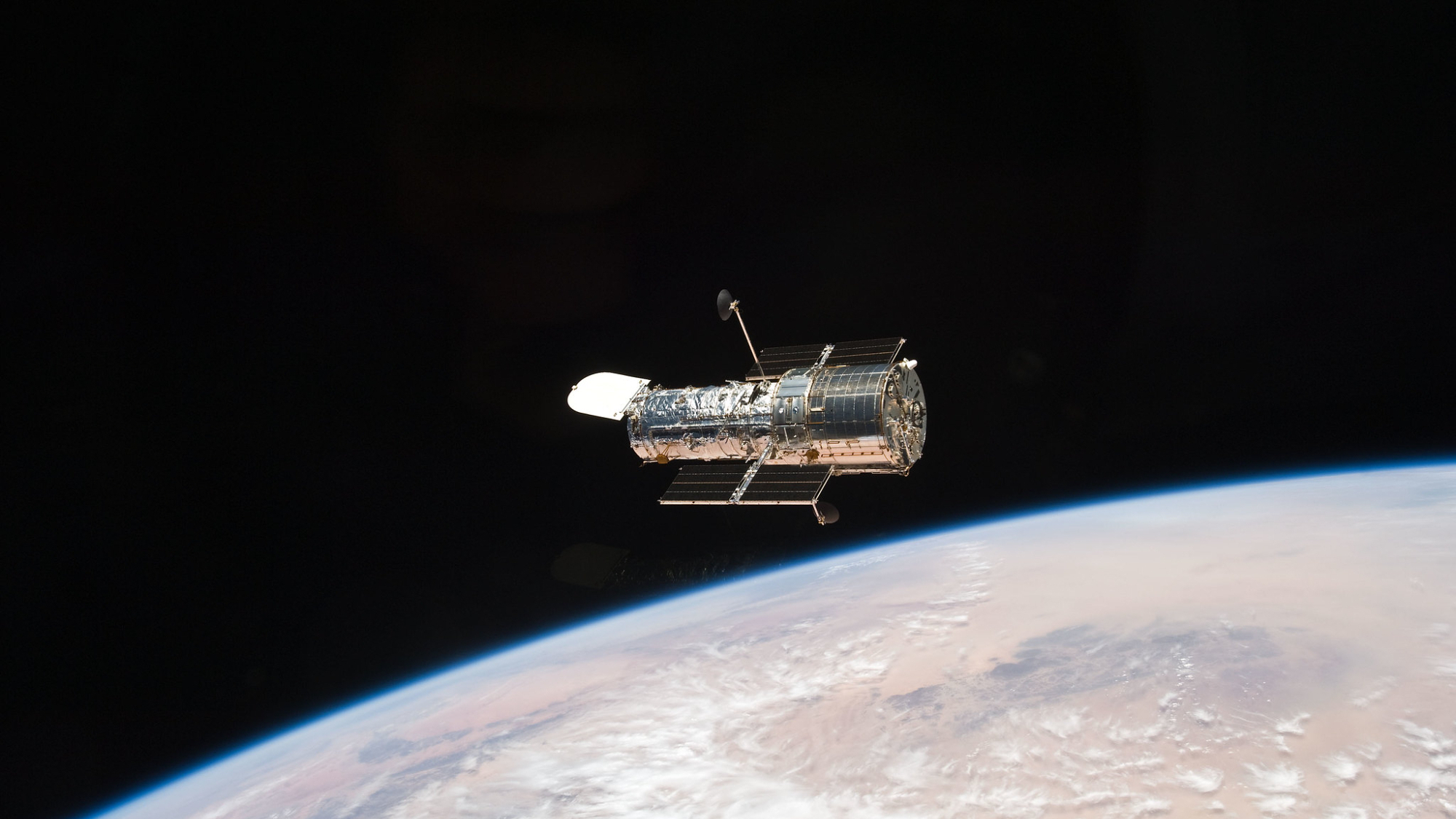Hubble Space Telescope at 35 | Space photo of the day for April 24, 2025
Thirty-five years ago today, the Hubble Space Telescope was launched into Earth orbit.
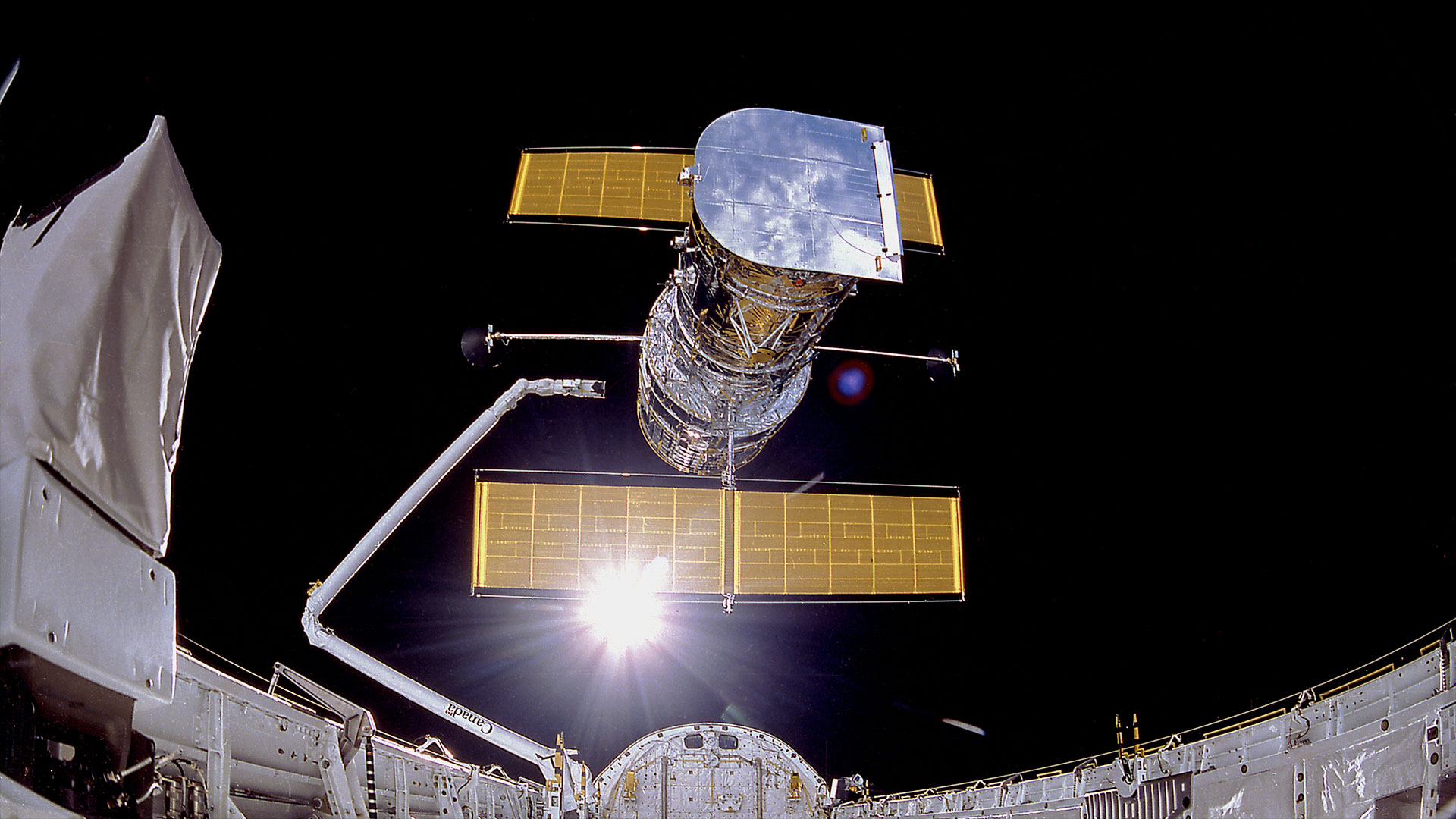
Now the most well-recognized and scientifically productive astronomical observatory in history, the Hubble Space Telescope first reached Earth orbit 35 years ago on April 24, 1990. A day later, as this photo shows, the STS-31 crew aboard space shuttle Discovery released Hubble, beginning a three-a-half-decade legacy.
What is it?
Though it probably doesn't need an introduction, the Hubble Space Telescope is a 24,000-pound (10,900 kilograms), 43.5-foot-long (13.2 meters) observatory that to date has made nearly 1.7 million observations, looking at about 55,000 astronomical targets, resulting in over scientific 22,000 papers and over 1.3 million citations (as of February 2025).
"Hubble opened a new window to the universe when it launched 35 years ago. Its stunning imagery inspired people across the globe, and the data behind those images revealed surprises about everything from early galaxies to planets in our own solar system," said Shawn Domagal-Goldman, acting director of the Astrophysics Division at NASA Headquarters in Washington, in a statement.
Where is it?
The Hubble Space Telescope is in low Earth orbit, 320 miles (515 kilometers) above the planet, placing it above most of the atmosphere. Its orbit is inclined at 28.5 degrees to the equator and it completes one trip around the Earth in about 95 minutes.
Of course, the targets that the Hubble Space Telescope looks at are considerably more distant. One of, if not the farthest object that Hubble has imaged is galaxy GN-z11, located about 13.4 billion light-years away from Earth.
Why is it amazing?
Hubble's 35-year (to date) story is not just about the observations it has made — other orbiting observatories have returned stunning shots of our universe and made numerous discoveries. What sets Hubble apart is that 35 years ago, its mission almost ended before it began.
As is now famously known, an unexpected flaw was discovered in Hubble's nearly eight-foot-diameter (2.4 m) primary mirror. Fortunately, the telescope was designed to be serviced on orbit, and astronauts came to the rescue on the first of five space shuttle servicing missions in December 1993 to improve Hubble’s vision with corrective optics.
Get the Space.com Newsletter
Breaking space news, the latest updates on rocket launches, skywatching events and more!
Want to know more?
You can read about the challenges facing the Hubble Space Telescope from this point forward and see some its stand out images from the past 35 years. You can also learn if we could still send astronauts to service the Hubble.
Join our Space Forums to keep talking space on the latest missions, night sky and more! And if you have a news tip, correction or comment, let us know at: community@space.com.
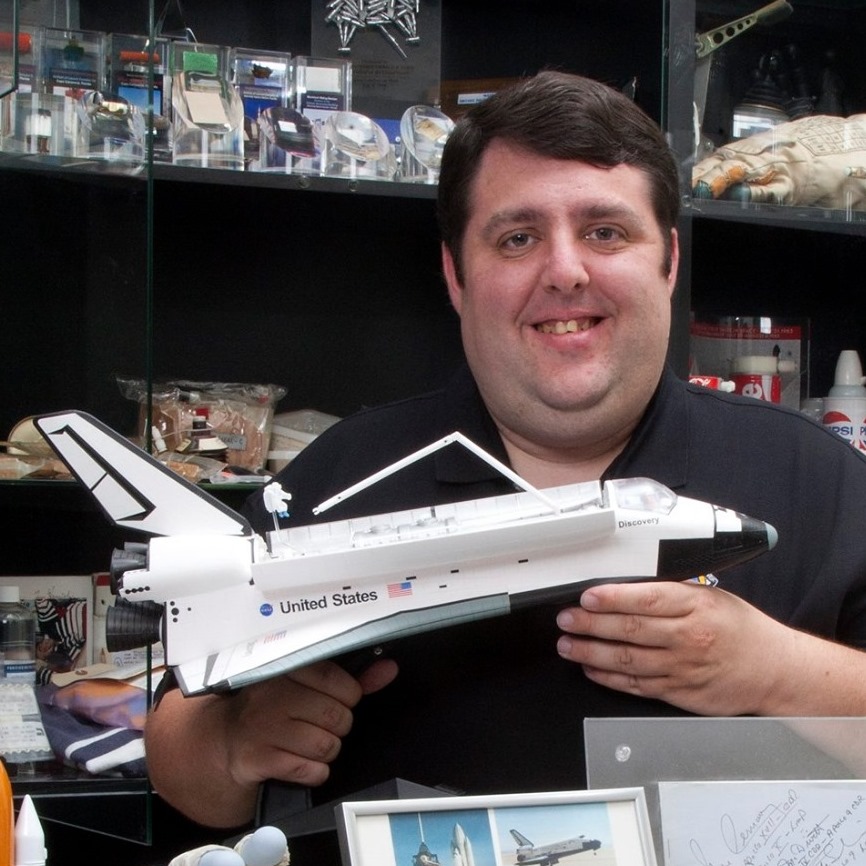
Robert Pearlman is a space historian, journalist and the founder and editor of collectSPACE.com, a daily news publication and community devoted to space history with a particular focus on how and where space exploration intersects with pop culture. Pearlman is also a contributing writer for Space.com and co-author of "Space Stations: The Art, Science, and Reality of Working in Space” published by Smithsonian Books in 2018.In 2009, he was inducted into the U.S. Space Camp Hall of Fame in Huntsville, Alabama. In 2021, he was honored by the American Astronautical Society with the Ordway Award for Sustained Excellence in Spaceflight History. In 2023, the National Space Club Florida Committee recognized Pearlman with the Kolcum News and Communications Award for excellence in telling the space story along the Space Coast and throughout the world.
You must confirm your public display name before commenting
Please logout and then login again, you will then be prompted to enter your display name.
